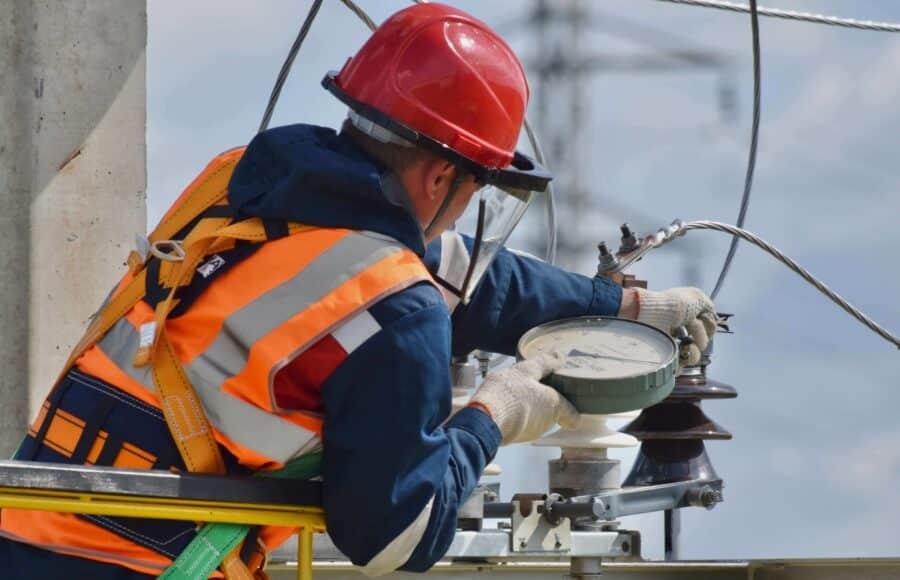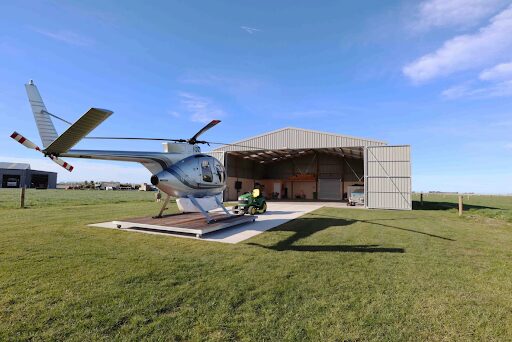In 2020, 2.1 million 3D printers were shipped around the world.
3D printers are only one of the ways that people create prototypes, but there are many more ways to manufacture them.
But what is prototype manufacturing and what are the different phases? Keep reading to find out everything you need to know.
Table of Contents
What is Prototypes Manufacturing?
Prototype manufacturing can help to turn your ideas into tangible and real design concepts. You’ll have to test your problem-solving skills, your materials, quality assurance team, the functionality of the product, and the efficiency to produce it.
You’ll also have to validate that your product works for what it was made for.
You’ll have to transition from designing the item, turn it into a 3D CAD model, and then print out a prototype to make sure your product has all the kinks worked out before you go and test it.
What Are the Phases?
There are a few different phases when it comes to making a prototype.
You’ll first have to optimize your design, product your prototype, and then validate it.
1) Optimizing Design
You should make sure that you have your prototype be as close as possible to the real thing. That means that you may want to make it life-size.
However, if you can’t or do have enough materials, you should scale the product down so that it will still work at the shrunken downsize. For example, for cars, many manufacturers make a clay model of any car parts. That way, they can scan it to make sure it will work as intended.
2) Produce Prototype
Producing the prototype is the longest phase of the entire process. There are a few different ways that you can actually produce the model though.
You can either hire a machinery parts manufacturer, or you can use a 3D printer. A 3D printer can be a great and easy way to print something directly from your blueprints.
Many companies also use CNC machining. This might take longer to create a model, but it also will give you a more detailed model, which can be better for quality assurance.
3) Validate Prototype
Lastly, you’ll have to validate that the prototype works. You’ll have the model go through all kinds of inspections and tests. You should have some kind of quality assurance process in place to ensure that everything is checked.
By going through this process now, you can save yourself more time and money later before you actually spend money producing the final product.
Learn More About Prototype Manufacturing
These are only a few things to know about prototype manufacturing, but there are many more factors to consider.
We know that running a business and designing products can be stressful, but we’re here to help you out.
If you enjoyed this article, make sure that you explore our website to find more articles just like this one.






